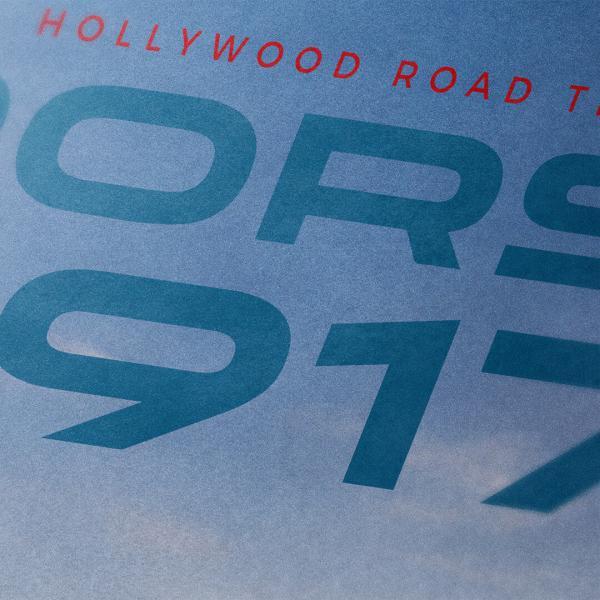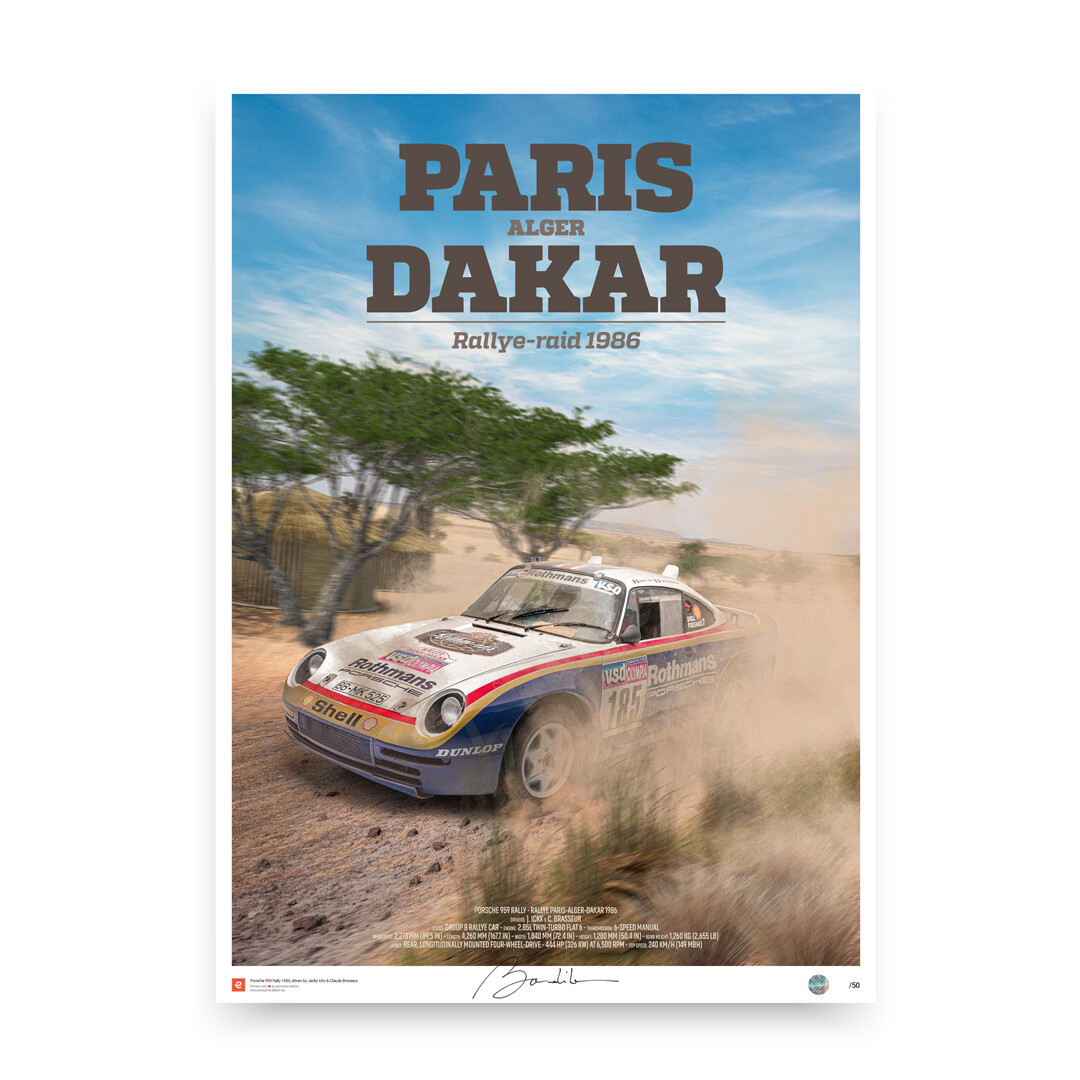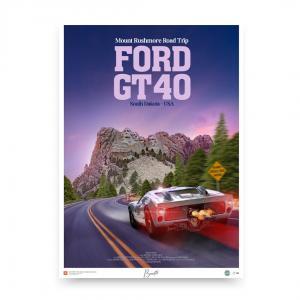Description
A bit of history

Porsche 917 K Martini Racing
The Porsche 917 K Martini Racing #3 stands as one of the most iconic race cars in motorsport history, celebrated for its engineering excellence and legendary livery. Developed by Porsche in the late 1960s, the 917 K was designed to dominate endurance racing, particularly the 24 Hours of Le Mans. The Martini Racing variant, with its distinctive silver body and blue-and-red stripes, became a symbol of speed, precision, and innovation, leaving an indelible mark on motorsport.
The Birth of the Porsche 917K
The Porsche 917 K (“Kurzheck,” meaning short tail in German) was introduced as a solution to the aerodynamic instability of its predecessor, the long-tail version. With its lightweight fiberglass and aluminum construction, paired with a powerful flat-12 engine, the 917 K was optimized for speed and reliability. This race car was not just built to compete—it was engineered to win.
The Martini Racing Team adopted the Porsche 917 K for the 1971 season, showcasing its stunning livery at legendary events. The #3 car, driven by Helmut Marko and Gijs van Lennep, cemented its place in history with a record-breaking performance at the 24 Hours of Le Mans, covering 5,335 kilometers at an average speed that remains remarkable even today.
Key Features of the Porsche 917 K Martini Racing #3
- Engine: Flat-12, 4.5L, producing over 600 horsepower
- Top Speed: Approximately 360 km/h (224 mph)
- Body: Lightweight fiberglass and aluminum construction
- Transmission: 5-speed manual gearbox
These advanced features enabled the Porsche 917 K Martini Racing #3 to handle the grueling demands of endurance racing, solidifying its legacy as a technological masterpiece.
The Legacy of Martini Racing and the Porsche 917 K
The silver and Martini-striped livery of the #3 car became instantly recognizable and synonymous with Porsche’s dominance in endurance racing. While other liveries, such as Gulf’s blue and orange, are often highlighted, the Martini Racing design embodies elegance and performance.
At the 1971 24 Hours of Le Mans, the #3 car achieved a historic victory, setting a record distance that stood for decades. This performance not only secured Porsche’s reputation as a leader in motorsport innovation but also elevated the status of Martini Racing as a premier sponsor in the racing world.
Cultural and Historical Significance
The Porsche 917 K Martini Racing #3 is more than just a race car; it’s a cultural icon that continues to inspire automotive enthusiasts and collectors. Today, this car is celebrated at historic motorsport events and remains a prized collector’s item. Its legendary livery and record-setting performance at Le Mans make it a symbol of the golden era of endurance racing.
Why the Porsche 917 K Martini Racing #3 Matters
From its groundbreaking engineering to its historic achievements, the Porsche 917 K Martini Racing #3 embodies the spirit of endurance racing. With its unmatched speed, reliability, and iconic design, this race car continues to captivate the hearts of motorsport fans around the world. For collectors and enthusiasts, the Porsche 917K Martini Racing remains a testament to Porsche’s legacy of excellence and a must-have piece of racing history.
Discover our complete Porsche posters collection
Porsche 917 K Martini Racing on YouTube
Collection
Porsche 917 K Martini Racing
Details
Size: Multi formats available
Print technology: UltraChrome HD 8-Color pigment ink
Paper: Hahnemühle Photo Rag® 188 gr

Production
Quantity: Limited edition (50)
Signed by Art Director: Yes
Numbered: Yes
Security hologram sticker: Yes
Framing: Not including
Delivery
Posters are packed and delivered in a protective tube to ensure a safe delivery.
Collection
Porsche 917 K Martini Racing
Details
Size: Multi formats available
Print technology: UltraChrome HD 8-Color pigment ink
Paper: Hahnemühle Photo Rag® 188 gr
Production
Quantity: Limited edition (50)
Signed by Art Director: Yes
Numbered: Yes
Security hologram sticker: Yes
Framing: Not including
Delivery
Posters are packed and delivered in a protective tube to ensure a safe delivery.












